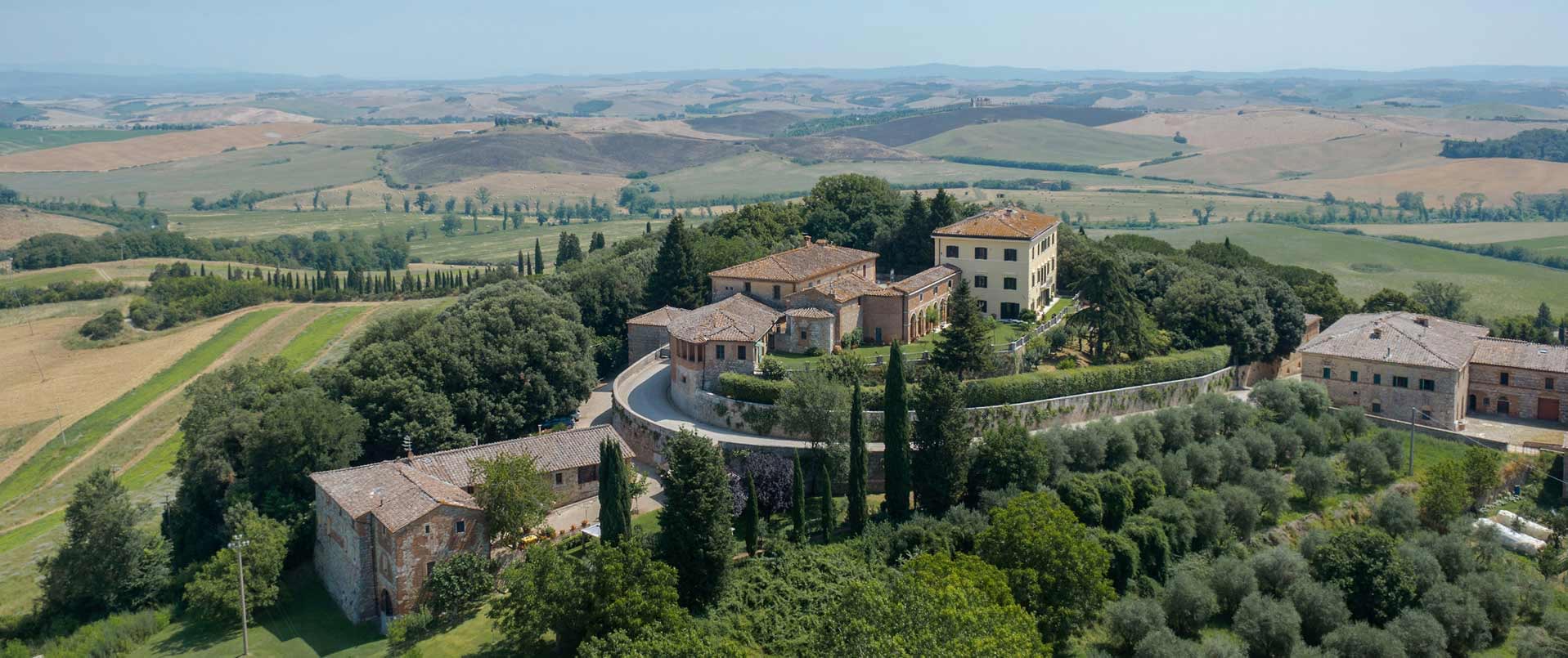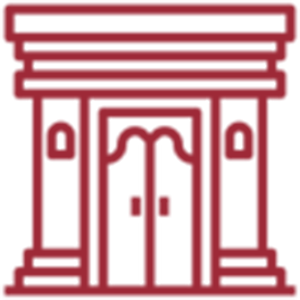
Palazzo Colonna is one of the most magnificent examples of Roman Baroque architecture and is located in the very heart of Rome, just a stone’s throw from Piazza Venezia. The Galleria Colonna and its halls are one of the wonders of Rome, serving as the stunning repository for an impressive collection of works of art, with paintings, sculptures and furnishings from the 14th to the 18th century.
The Gallery is accessed from n° 17, Via della Pilotta, and is open to the public from 9 a.m. to 1.15 p.m. every Saturday. Optional guided tours are offered at 10 a.m. and 11 a.m. in Italian, at 10.30 a.m. in French and at 12.00 noon in English. Private visits, by appointment only, are available on Saturday afternoons or on other days of the week for groups of a minimum of 10 people.
One of the highlights of the visit is undoubtedly the 15th-century Apartment of Princess Isabelle, an authentic treasure trove that houses collections of landscapes by Vanvitelli and Flemish painters, frescoes by Pinturicchio and artifacts that span nine centuries of the Colonna family’s history. The Palazzo has been inhabited and preserved by the Colonna family for 31 generations.
The history of Galleria di Palazzo Colonna
The construction of the various wings of Palazzo Colonna extended over five centuries, giving rise to an amalgamation of distinct architectural styles, both externally and internally, which define and mirror the various epochs throughout its history.
The story of one of Rome’s most important historical residence
From the 1300s to the 1500s, Palazzo Colonna served as a fortress, protecting the family. Oddone Colonna, who was elected Pope Martin V on 11 November 1417, designated the residence as the Papal Seat and lived there from 1420 until his death in 1431.
In the then austere chambers of the Palazzo, Pope Martin V meticulously devised and executed an ambitious ten-year initiative to rejuvenate the cultural, urban and administrative landscape of the city of Rome. The city had fallen into a state of disrepair following the tumultuous period of the Avignon Papacy and the Western Schism.
In 1527, during the Sack of Rome by the troops of Emperor Charles V, Palazzo Colonna was one of the few buildings spared from the flames due to the family’s good relations with the Empire. It provided a safe refuge for over three thousand Roman citizens during those troubled times.
During the 17th century, the Palazzo took on the appearance of a grand Baroque residence under the patronage of three generations of the Colonna family. Some of the most notable protagonists were Filippo I, Cardinal Girolamo I and Lorenzo Onofrio, who enlisted the expertise of renowned architects and artists, including Gian Lorenzo Bernini, Antonio del Grande, Carlo Fontana and Paolo Schor, to name but a few.
The art collection at Galleria Colonna
The construction of the splendid and majestic Galleria Colonna, which stretches for 76 metres along Via IV Novembre, also dates back to this period. A real gemstone of Roman Baroque architecture, it is now open to the public. The most representative and artistically significant apartments of the Palazzo house the family’s Art Collections, which have been preserved and bound by the provisions outlined in the ‘fideicommissum’ legal trust of 1800. Visitors can admire masterpieces of absolute excellence created by the greatest Italian and international artists from the 15th to the 16th century. These include, among others, Pinturicchio, Cosmè Tura, Annibale Carracci, Guido Reni, Tintoretto, Salvator Rosa, Bronzino, Guercino, Veronese and Vanvitelli.
Visiting Palazzo Colonna: a magnificent example of baroque architecture in Rome.
Opening hours: every Saturday morning, from 9 a.m. to 1.15 p.m. (last entry), entrance at n° 17, Via della Pilotta.
Guided tours: optional and included in the ticket price, available in Italian (at 10 a.m., 11 a.m., and 12.30 p.m.), French (at 10.30 a.m.) and English (at 12.00 noon).
Additional guided tours: limited capacity guided tours of the Princess Isabelle Apartment, in combination with the Gallery entrance ticket.
Garden visits: group tours of the gardens on Quirinal Hill (from 11.30 a.m. to 1.15 p.m.) with a limited number of participants, subject to weather conditions.
Internal garden terrace: access to the InfoPoint and the internal café.
 Film sets
Film sets
 Private events
Private events
 Residences
Residences
 Visits
Visits
 Cultural tourism
Cultural tourism  Historic Homes open to visitors
Historic Homes open to visitors